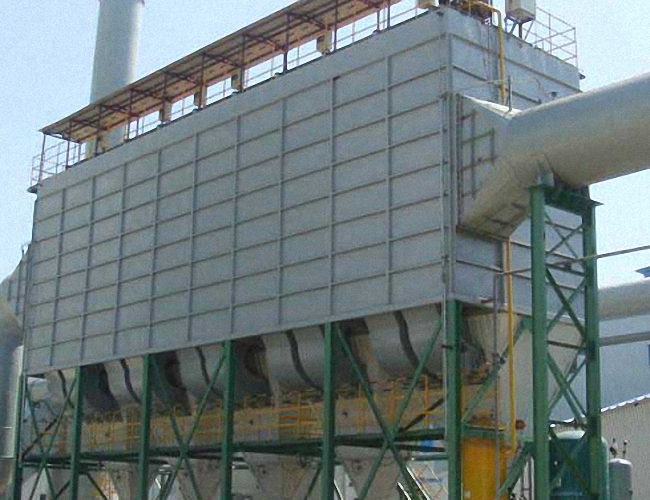- +8618937185591
- +8618937185591
- ec19@zkcorp.com
- +8618937185591

The main factors affect electrostatic precipitator dust removal efficiency as following:

The main factors affect electrostatic precipitator dust removal efficiency as following:
1. Dust removal efficiency: dust specificresistance
First, electrostatic precipitator dustremoval efficiency - the specific resistance of dust
Specific resistance at 104 ~ 1011Ω cmbetween the dust, electric dust removal effect. When the specific resistance ofthe dust is less than 104Ω · cm, the conductivity of the dust is good, thenegative charge is released quickly after reaching the dust collecting pole,and it is very easy to sense the positive charge with the same polarity as thedust collecting pole. Constitute the beat along the plate surface before", the dust removal efficiency will decline.
When the specific resistance of the dust isgreater than 1011 Ω · cm, the negative charge of dust release is slow, and thestrong electric field in the dust layer makes the air in the dust space ionize,presenting an appearance of anti-corona. Positive ions and negative ions in theprocess of neutralization, leaving the dust removal efficiency.
Resistors below 104Ω · cm are called lowresistance type. This kind of dust has very good conductivity. When the chargeddust particles reach the dust collecting pole, they will release the negativecharges they bring quickly, and at the same time they will get the positivecharge with the same polarity as the dust collecting due to the electrostaticinduction.
If the repulsion of the positive charge isgreater than the adhesion of the dust, the accumulated dust will be separatedfrom the dust and returned to the gas flow. Dust particles in the space by thenegative ions bump and then get negative charge from scratch, and then move tothe dust collection pole. This many dust along the surface of the plate beatforward, and finally carried out by the dust collector. Electrostaticprecipitator disposal of metal dust, carbon dust, graphite dust can see thisphenomenon. Dust than the resistance at 104 ~ 1011Ω · cm called the normaltype. When this type of dust arrives at the dust collecting pole, it releasesthe charge at normal speed. For such dust (such as boiler fly ash, cement dust,open hearth dust, limestone dust, etc.) electrostatic precipitator usually canget better results.
Resistance of dust than 1011 ~ 1012Ω · cmcalled the high resistance type. After the high specific resistance dustarrives at the dust collecting pole, the charge is released slowly, so that thedust collecting pole gradually accumulates a layer of negatively charged dustlayer. Because of homosexual repulsion, so that the subsequent drive to slowdust particles. With the addition of the thickness of the dust layer, a largevoltage drop ΔU is formed between the dust layer and the electrode plate. Measuresto overcome the impact of high specific resistance are: to enhance rapping, sothat the appearance of the plate can be kept clean; improve the power supplysystem, including the selection of pulse power supply and effectiveself-control system; add flue gas humidity, or flue gas plus SO3, NH3 Na2CO3and other compounds, so that dust conductivity increases.
2. Dust concentration in the gas
Dust concentration is too high, dustimpedes ion movement, corona current drops, serious zero, corona clogging occurs,the precipitating effect deteriorated sharply.
3. The air speed
With the increase of air velocity, the dustremoval efficiency drops because the wind speed increases, the dust stay in thedust collector is shortened, and the timing of charging decreases. At the sametime, the wind speed increases the amount of second dust will increase.